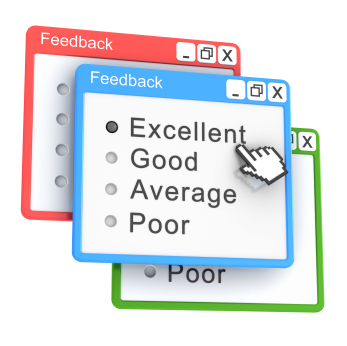Customers are more informed than ever before, and, in many cases, they rarely interact with sales personnel throughout the sales lifecycle when they are completing transactions over the Internet.
Automation, in its core sense, means a machine makes the decisions without pausing for human intervention. In such a tech-centric world, automating marketing functions makes sense.
Automation apparently increases efficiency and cuts costs anywhere, so why should it be any different for marketing campaigns or customer engagement?
Automation, when done right, generates more and better leads, more conversions, more retention, and by extension, more sales and revenue.
Imagine the system analyzing ‘pitch to conversion data’ and deciding on the best time to launch a campaign targeted at a particular demographic profile, without having a marketing executive do this manually. Or the computer applying analytics and mining data to study a customer’s past behavior and take appropriate choices regarding product offers. The possibilities are endless. The potential is enormous.
However, in the mad scramble to automate, failing to customize or trying to create a one-size-fits-all policy is a sure route to disaster. No amount of process efficiency can substitute that personal touch and no amount of computer learning and artificial intelligence can replace the dynamism of human contact. But a good way to moderate both is to set up automated systems for basic and common functions, and override them with human intervention whenever required.
What automated marketing functions are you implementing into your business process?

